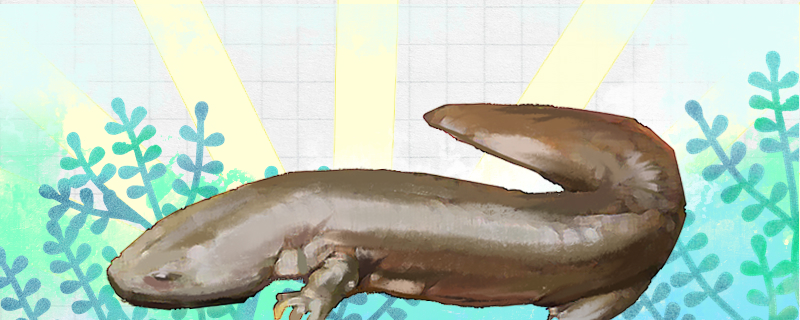
do giant salamanders live? Giant salamanders belong to amphibians, and their outstanding characteristics are also in line with the characteristics of amphibians. When giant salamanders are very young and breathe with their gills, they live in the water, and they can only move in the water, because they will face the problem of not being able to breathe on land, and may even die. At this time, they mainly live in rivers and lakes in mountainous areas, and can be seen in places where the current is turbulent.
After a period of metamorphosis, the giant salamander will become an adult giant salamander after full development, and their living environment will change. Giant salamanders can now move not only in the water, but also on land, because they can breathe with their lungs. On land, giant salamanders will look for some hidden places, usually in the crevices of rocks or caves, and live in them. During the day, the giant salamander will basically hide in the cave, and if there is an occasional prey passing by, the giant salamander will suddenly catch and eat them. When the night comes, the giant salamander will be more active, they will come out of the cave, looking for some food to eat. Giant salamanders sometimes hunt on the beach and sometimes in the water, and their hunting efficiency is relatively high.
above, the living environment of giant salamanders is different in different periods. When giant salamanders still breathe with their gills, they can't live on land because they can't breathe smoothly. But when they can breathe with their lungs, they can live on land. Giant salamanders often stay in caves during the day, waiting for opportunities to catch prey. In the middle of the night, the giant salamander will come out of the hole directly to look for food.